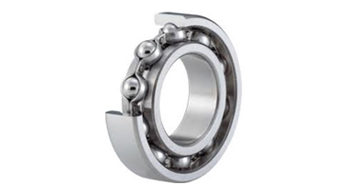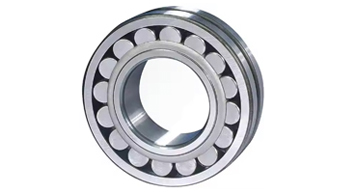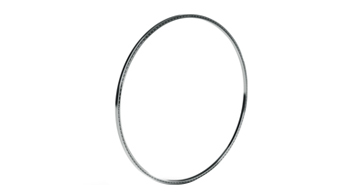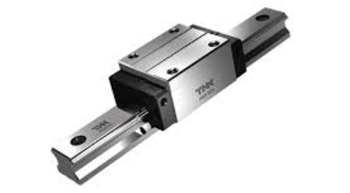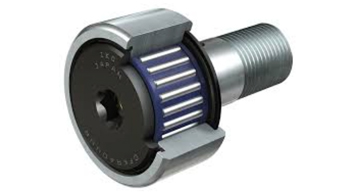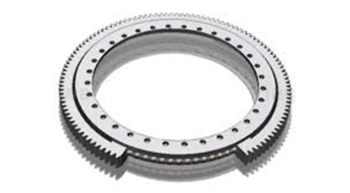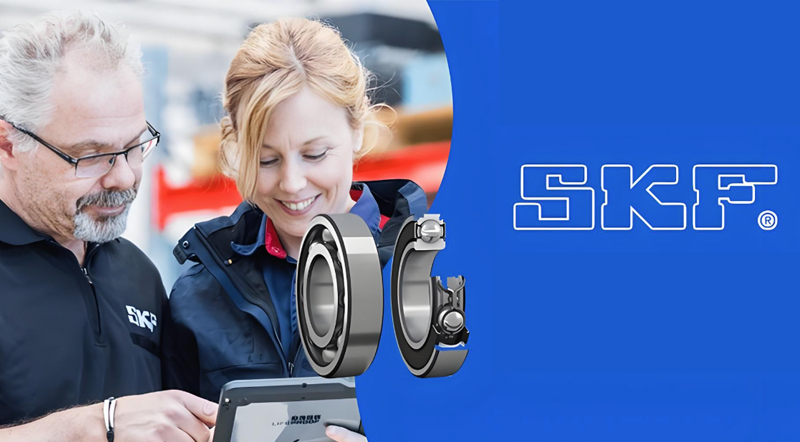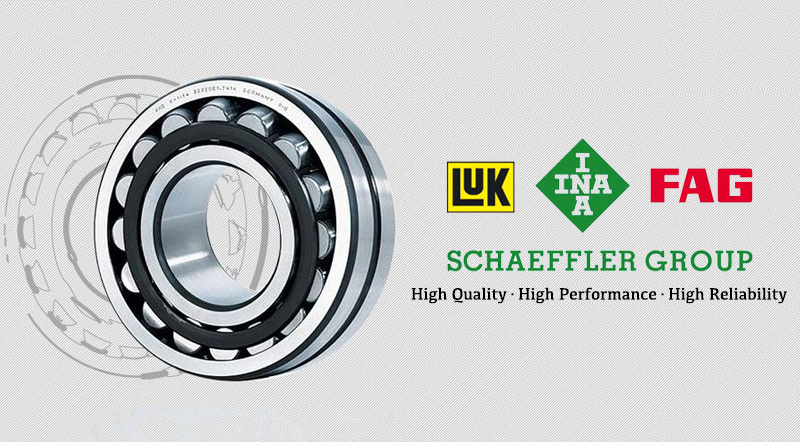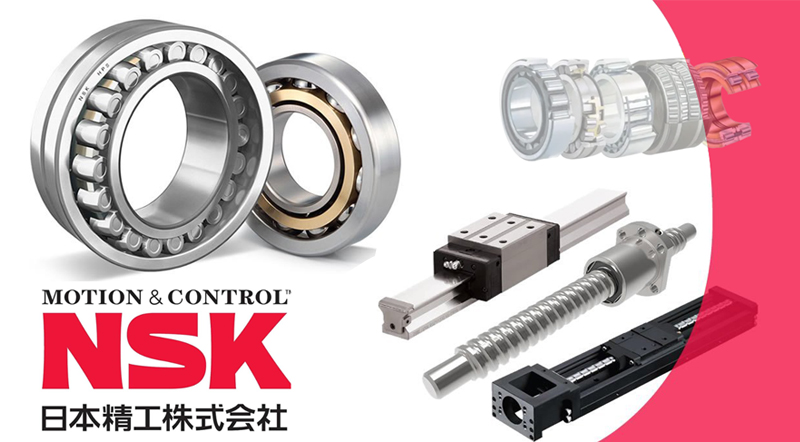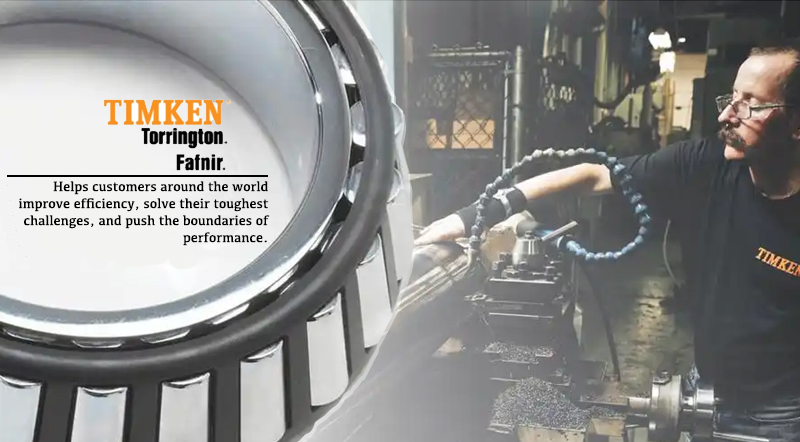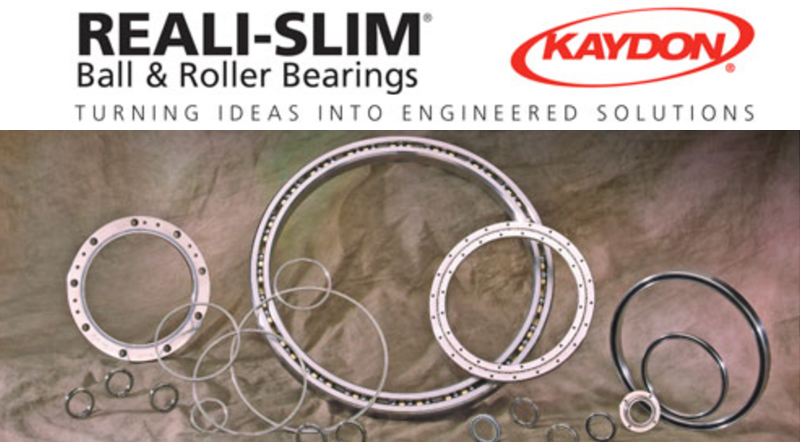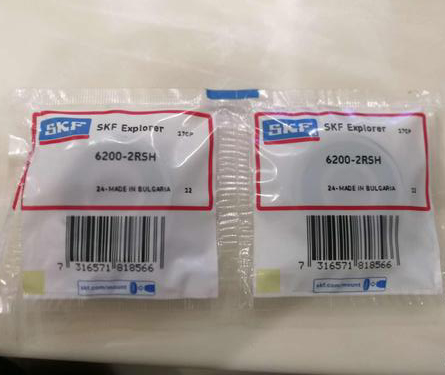In the global industrial supply chain, bearings play a pivotal role in ensuring the smooth functioning of machinery. However, the rising demand for high-performance bearings has also given rise to a darker trend: counterfeit bearings. These fake products may look nearly identical to genuine ones but often fail prematurely, leading to costly downtime, equipment damage, and even safety hazards.
This article provides a comprehensive guide to identifying genuine vs fake bearings, based on expert experience, manufacturer insights, and common industry practices.
1. Why Counterfeit Bearings Are Dangerous
Before diving into detection methods, it’s essential to understand the risks associated with fake bearings:
Poor Material Quality: Counterfeits are made from substandard steel that can easily deform or corrode.
Improper Heat Treatment: Lacking precision, fake bearings cannot handle rated loads and speeds.
Shorter Lifespan: They often fail within weeks, while genuine bearings last months or years.
Safety Risks: A failed bearing in critical machinery (like elevators or turbines) can cause serious accidents.
Legal and Reputational Damage: Selling or using counterfeit bearings can result in legal action and loss of credibility.
2. Visual Inspection: First Line of Defense
Even without opening the package, some visual signs may indicate a fake bearing:
A. Packaging Quality
Genuine: Neat printing, clear fonts, consistent layout, holograms or security labels (especially for brands like SKF, NTN, or FAG).
Fake: Blurry print, misspelled words, poor-quality box, wrong logos.
B. Logo and Markings
Check the engraved code: Genuine bearings have laser-etched or uniformly stamped codes.
Fake bearings may have hand-etched or poorly aligned markings.
C. Surface Finish
Original bearings have a smooth and precise surface finish.
Counterfeits might show tool marks, rust spots, or uneven edges.
3. Barcode & Serial Number Verification
Most major manufacturers (e.g., SKF, NSK, NTN, Timken) have introduced digital authentication systems.
How to verify:
Use the brand’s official app or website to scan the QR code or barcode on the box.
Some bearings have unique serial numbers etched onto the rings — enter them online to check authenticity.
Tip: Always buy from authorized distributors or official dealers who can provide traceable documentation.
4. Dimensional & Weight Checks
Even when counterfeits look identical to the naked eye, they often don’t meet exact dimensions or weight standards.
Use precision tools to measure:
Outer and inner diameters
Width
Weight
Compare these with the manufacturer’s official datasheet. Fake bearings often deviate slightly in weight due to inferior material density.
5. Performance & Noise Testing
If the bearing is already in use or unpacked, test its quality by:
Rotating by hand: A genuine bearing should spin smoothly, without vibration or roughness.
Noise testing: Use a sound detector to check for abnormal rattling or grinding sounds.
Run-in test: Under light load, observe if the bearing heats up excessively — fakes often have poor heat treatment.
6. Price: If It Sounds Too Good to Be True…
Genuine bearings from well-known brands have relatively stable prices. If someone offers a branded bearing at 60-70% below market value, it’s a major red flag.
Always compare pricing across multiple verified sources before placing an order.
7. Supplier Credibility
You should verify:
Business license and import/export records.
Brand authorization certificate (some companies like SKF provide a “distributor lookup” tool).
Customer reviews and online presence.
Working with long-term, well-reviewed suppliers reduces your exposure to fake goods.
8. Case Study: SKF’s Fight Against Counterfeits
SKF has invested heavily in anti-counterfeiting measures. In 2023 alone, they helped authorities seize over 100 tons of fake bearings worldwide. Their mobile app allows end users to scan a code and instantly verify authenticity.
This sets an industry benchmark that other manufacturers are following.
9. Conclusion: Always Choose the Safe Path
Counterfeit bearings may offer short-term savings, but they come at a high long-term cost. As a buyer, investing time in proper verification protects not only your machinery but also your reputation.
✅ Checklist Summary:
Inspect packaging and engraving
Verify barcodes and serial numbers
Measure dimensions and weight
Test for smoothness and noise
Always buy from authorized dealers
Be cautious with suspiciously low prices

